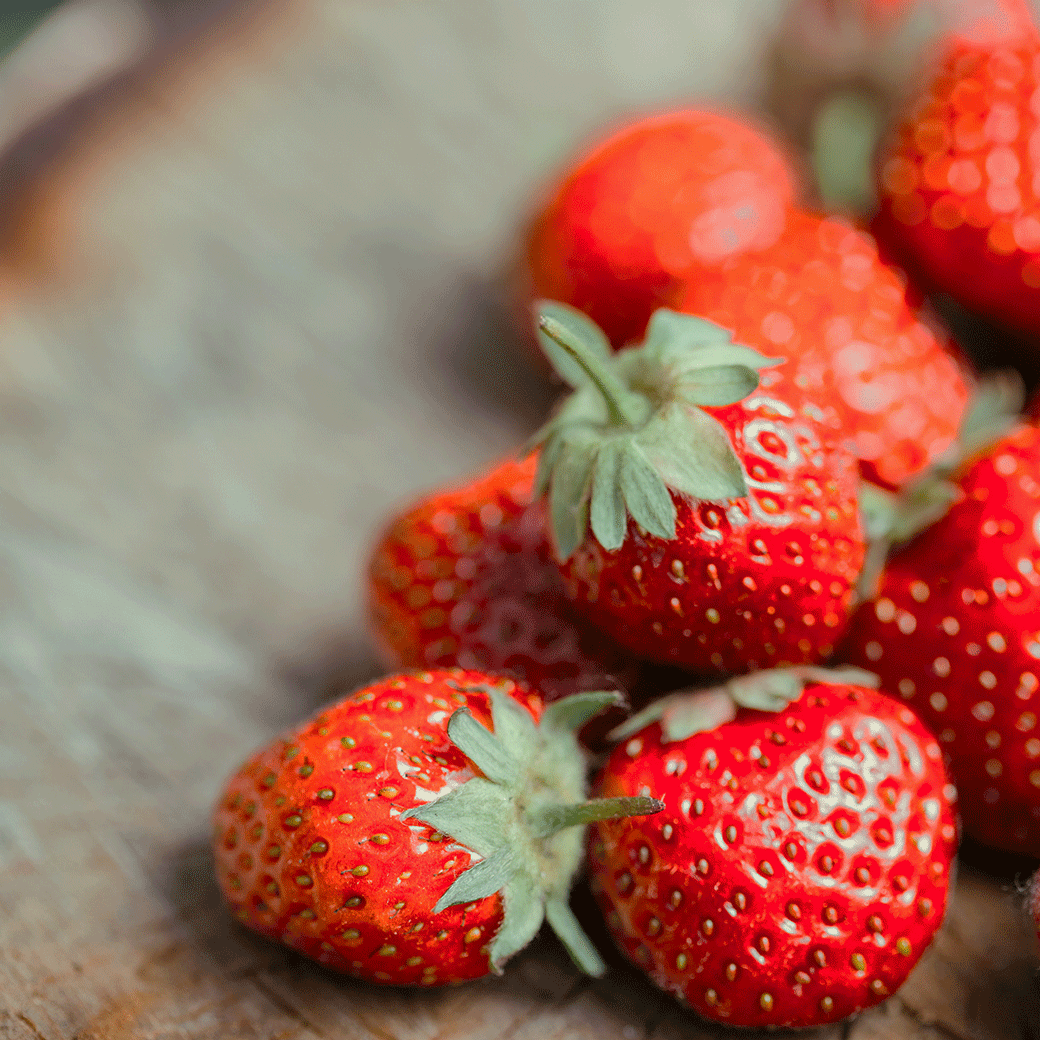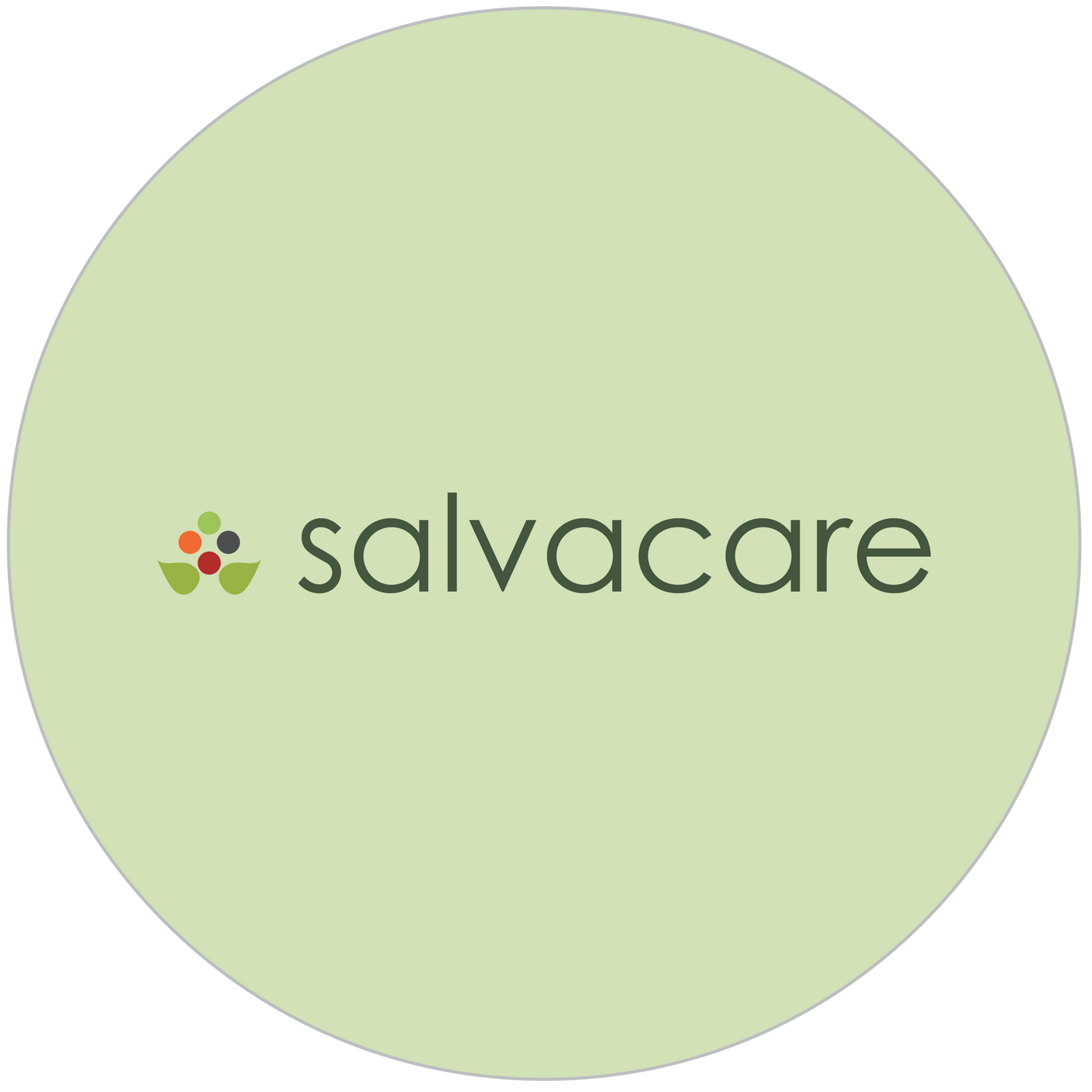
A few decades ago, people ate mostly whole foods: grains, fruits, and vegetables grown seasonally and naturally. These foods were a crucial source of nutrition, and widely believed to assist in the prevention of chronic disease.
Today, manufacturing processes have completely changed this. Fresh produce is treated with chemicals, stored, processed, and treated again. Many other food “products” on our shelves are also laden with chemicals. Unsurprisingly, the incidence of chronic diseases such as obesity, heart disease, high blood pressure, diabetes, and cancer is higher than ever.
This decline in our health is at least partly related to the loss of plant secondary metabolites. Besides providing the vitamins and minerals required for normal bodily function, plant metabolites also helped to protect us from disease.
Polyphenols, for example, are generally involved in the defense against UV radiation or the deterrence of pathogens and are known to contribute to the taste, colour, and smell of a plant. Other important phytochemicals include carotenoids in carrots, tomatoes, and spinach, and resveratrol in red wine and grapes.
The benefits of these phytochemicals are attributed to their vast array of bioactivities: anti-inflammatory, antioxidant, anticancer, antiviral, and more. To date, more than 5000 phytochemicals have been identified in plants, many more are yet to be discovered.
One of the most promising of these is salvestrols.
What are salvestrols?
Salvestrols are naturally occurring substances from a class of phytonutrients known as phytoalexins. Phytoalexins are a class of compounds naturally produced by plants as a defense mechanism, in response to infection or attack by predators such as viruses, bacteria, UV light, or pests. Resveratrol is the first salvestrol to be discovered, and is derived from the skins of red, green and blue-black grapes.
When attacked by a pest such as fungus, the plant will produce a specific salvestrol. This salvestrol accumulates in the skin of the plant’s fruit, targeting the area affected by the fungi.
A variety of secondary plant substances have since been discovered, such as curcumin, green tea, and resveratrol. These are all found to harbour important disease-fighting mechanisms as part of an intricate defense system which enables plants to control invading microorganisms.
Researchers have found that consuming fruits and vegetables rich in phytochemicals salvestrols may help protect against infections and disease.
How do salvestrols work?
https://www.frontiersin.org/research-topics/42017/dietary-phytochemicals-identification-bioactivities-and-delivery-strategy
https://www.ncbi.nlm.nih.gov/pmc/articles/PMC6271817/
https://www.patrickholford.com/advice/salvestrols-a-major-breakthrough-in-cancer-prevention/
https://www.mdpi.com/1420-3049/19/11/18033
The discovery of salvestrols came following many years of research into the Cytochrome P450 enzyme system. Cytochrome P450 (CYP) monooxygenases are a superfamily of enzymes described as nature’s “most versatile biological catalysts”.
CYP enzymes are present in all living things: the human body itself contains some 57 CYP enzymes. CYPs play pivotal roles in supporting biochemical reactions and the detoxification of harmful metabolic products, foreign toxins and carcinogenic substances such as pesticides and environmental toxins. CYP enzymes also oxidize steroids, fatty acids, and xenobiotics, and are important for hormone synthesis and breakdown, cholesterol synthesis and vitamin D metabolism.
A team at the University of Aberdeen identified one particular enzyme - CYP1B1- present in diseased cells but not in healthy tissue. The unique feature of CYP1B1 is that when activated, it converts various phytochemicals and synthetic chemicals into substances that are toxic to the diseased cell. This finding led to another breakthrough: that one of these phytochemicals ‘activated’ by CYP1B1 is salvestrols. When CYP1B1 metabolizes (processes) salvestrols, it causes the cell to produce a substance that effectively leads to apoptosis, or cell death. In other words, the cell breaks down the salvestrols and dies. This has no effect on healthy cells. Salvestrols also support cells as anti-inflammatory and antifungal agents.
Researchers have therefore surmised that consuming salvestrol-rich fruits and vegetables may help support good health and strengthen resistance to disease.
How can I get more salvestrols into my diet?
Unfortunately, the availability of most phytonutrients in foods today is severely limited to modern agricultural practices and other production techniques.
The use of pesticides and fungicides in our crops means that plants often have no need to produce salvestrols, and these valuable nutrients are almost non-existent in supermarket foods. Only organically grown foods contain sufficient levels of salvestrols: namely vegetables including asparagus, watercress, spinach, pumpkin; fruits such as olives, apples, strawberries; and herbs such as sage, mint, dandelion, lemon verbena, and rooibos tea. These foods are best prepared without overheating or boiling: steaming or stir-frying is recommended.
If organic foods are out of reach - as they may be for many - the alternative is a concentrated supplement. Salvestrol Capsules contain a proprietary blend of nature’s most potent sources of salvestrols, including molecular extracts of citrus, grape seed, and pumpkin.
http://www.ebi.ac.uk/interpro/entry/InterPro/IPR001128/
https://pubmed.ncbi.nlm.nih.gov/15102545/
https://microbialcellfactories.biomedcentral.com/articles/10.1186/s12934-016-0523-6
http://www.ebi.ac.uk/interpro/entry/InterPro/IPR001128/
https://pubmed.ncbi.nlm.nih.gov/19116217/
https://isom.ca/wp-content/uploads/2012/12/Cancer-and-Related-Case-Studies-Involving-Salvesterol-and-CYP1B1-27.3.pdf


I notice a very strong reaction when I take salvestrol2000/platinum.I have lymedisease..could salvestroles possibly have a die off effect on the lyme bacteria?thanks for anyi nformation regarding salvestrol and lyme disease.
More infu
Are the booklet and CD still available?
What is the ideal daily dose of Salvestrol capsules? I am taking them to hopefully reduce internal cancers.
I used to be@ the doctor’s green meadows and would like to stay in touch.
Cheers
Joan